There comes a point in our lives where we have no other choice but to say “out with the old and in with the new”. “The old” in this case is old wallpaper and “the new” is whatever you want to cover your walls with. But this is way easier said than done. Removing wallpaper is just a bit more complex than scraping at it and ripping it off the wall.
There are many steps to removing home wallpaper that does not want to come off. As difficult as applying wallpaper may seem, removing it successfully is also no easy task. With a guide and a few tips, homeowners will be ready to get rid of that old Peppa pig wallpaper in the kids’ room or the antiquated flower wallpaper for something more fitting with the times.
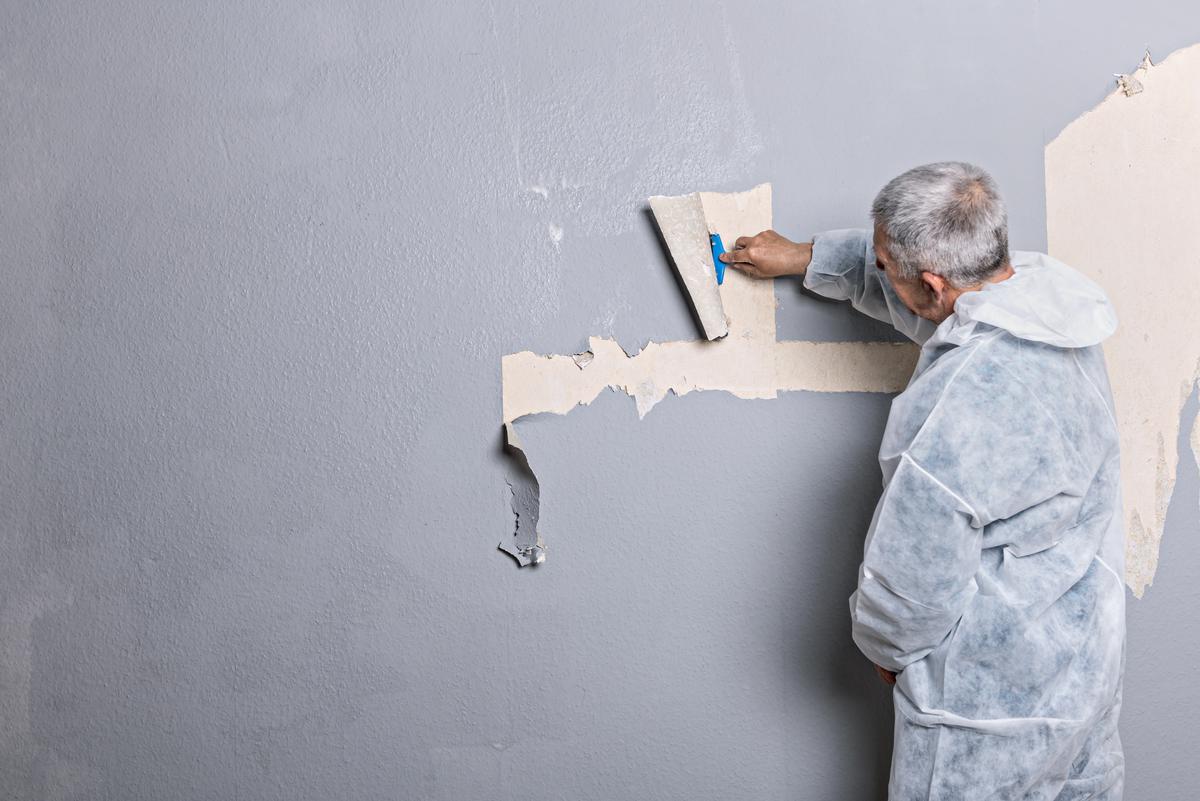
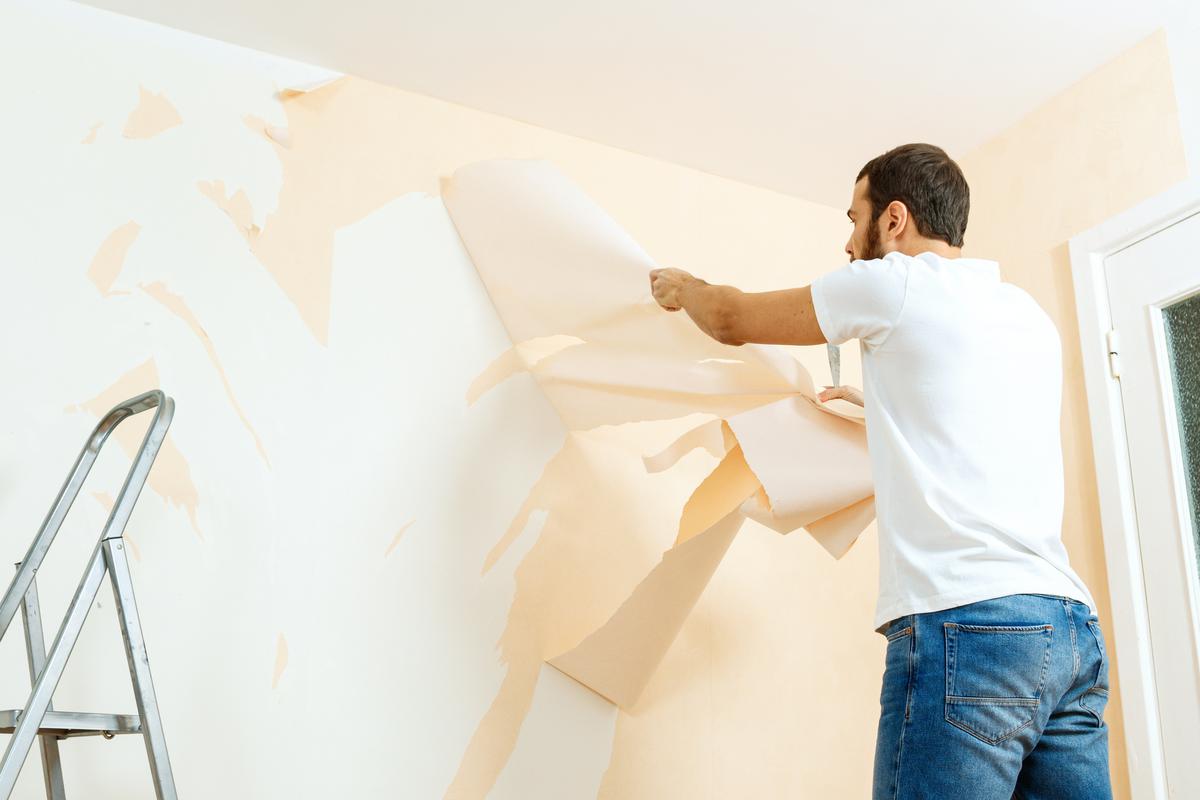
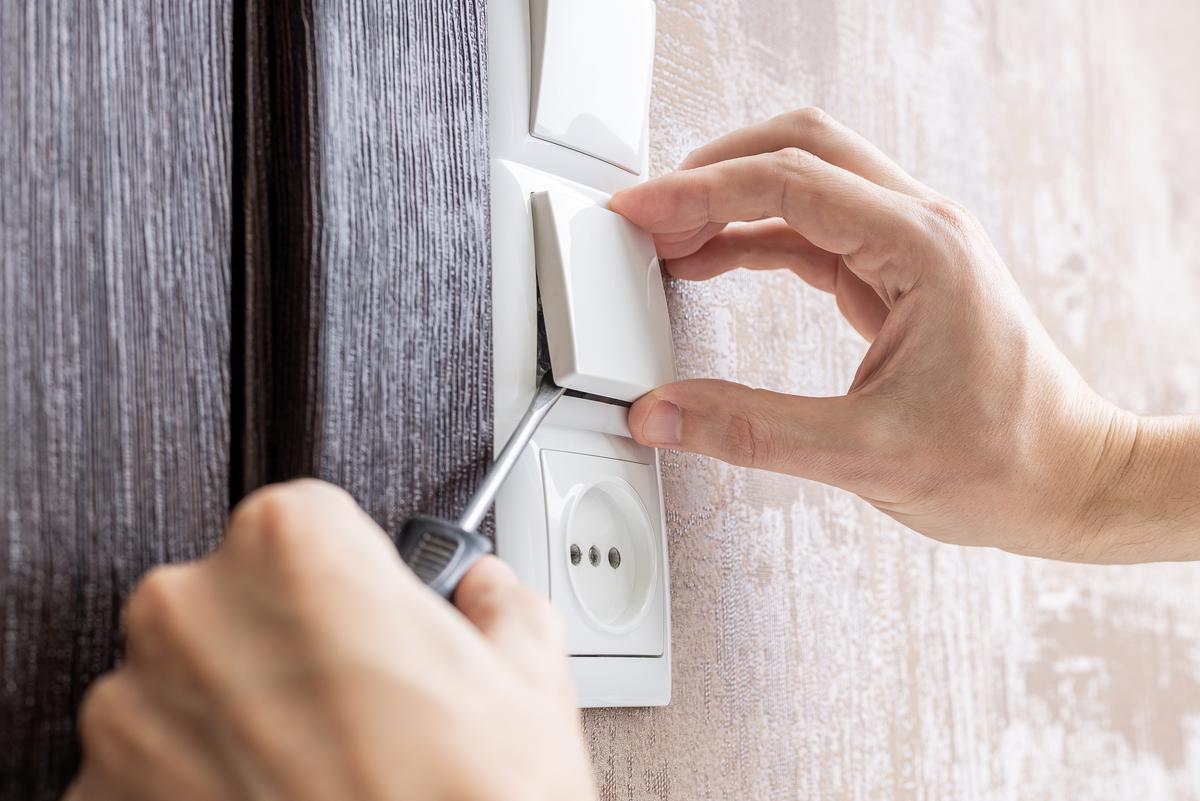
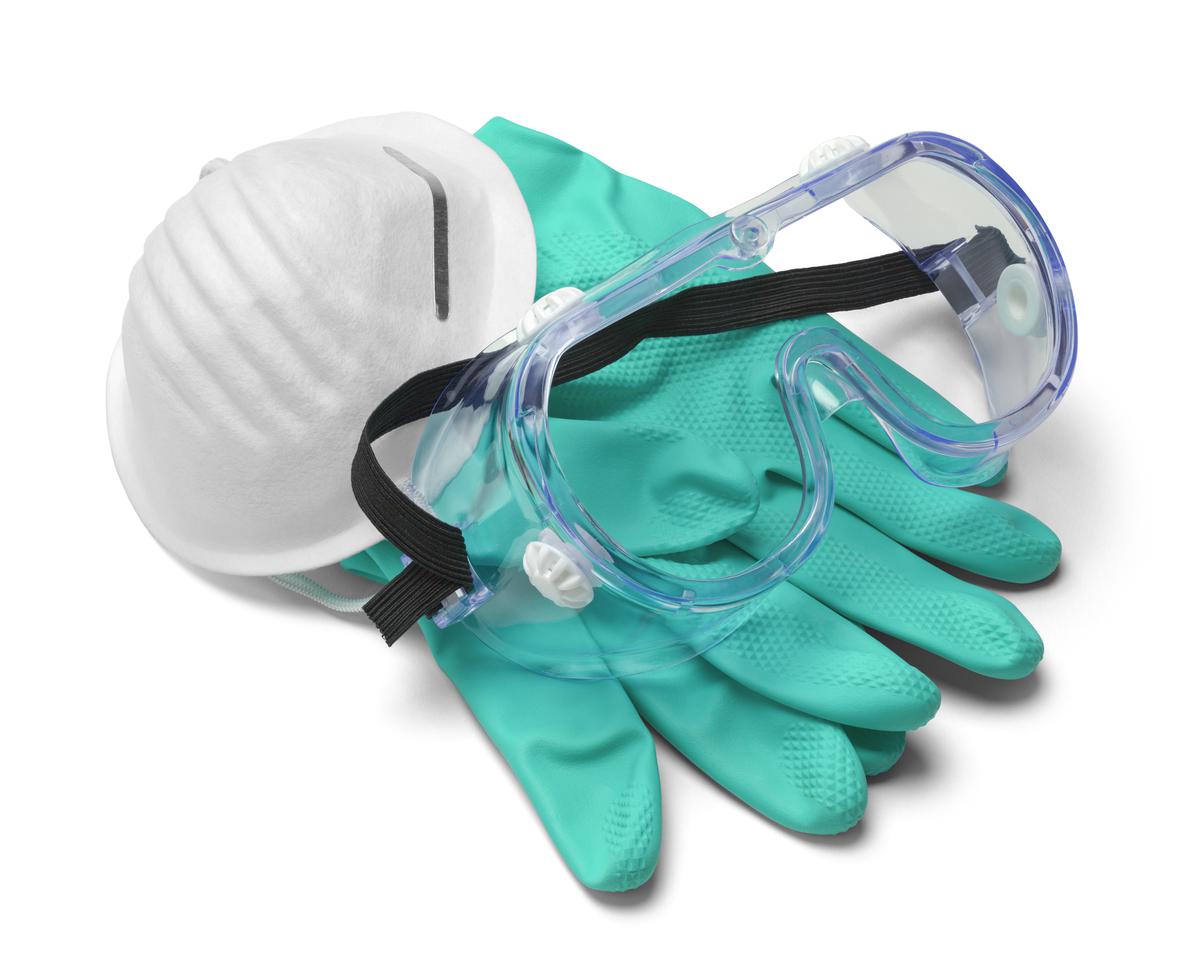
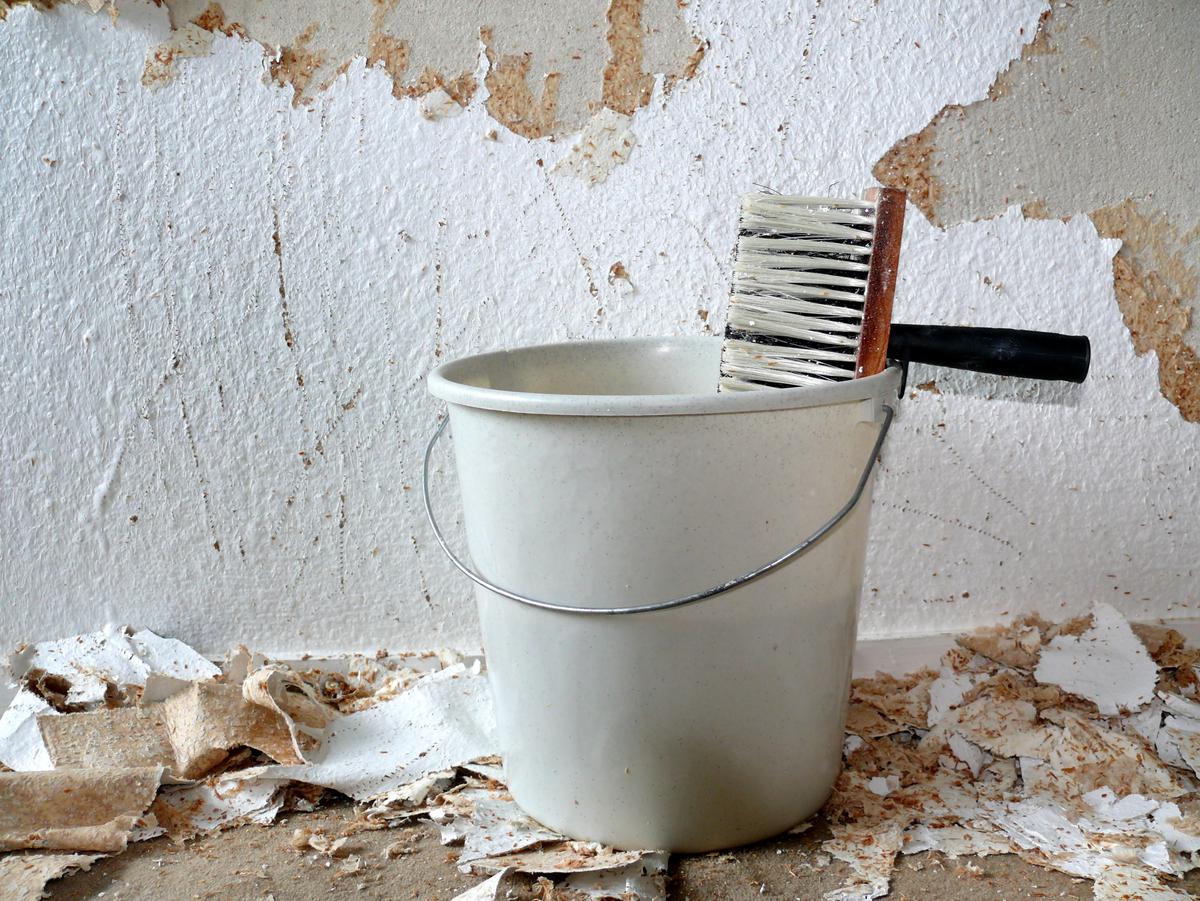
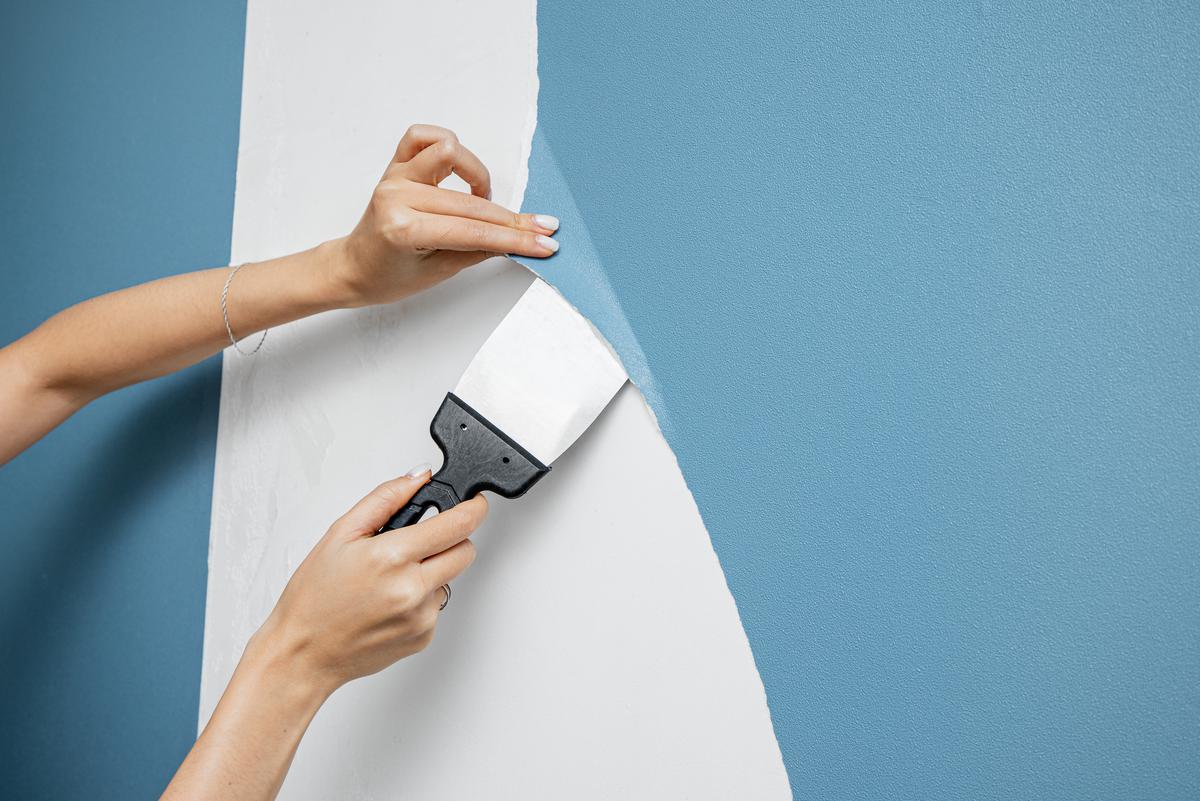
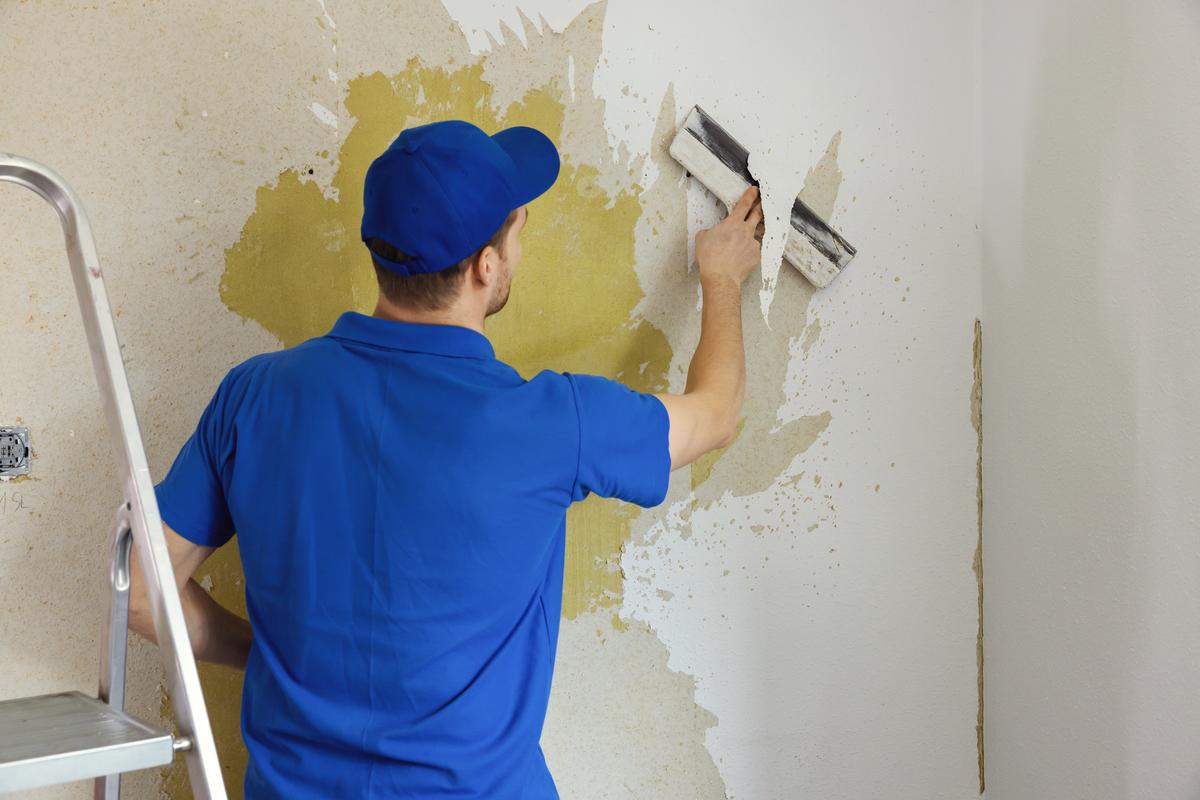
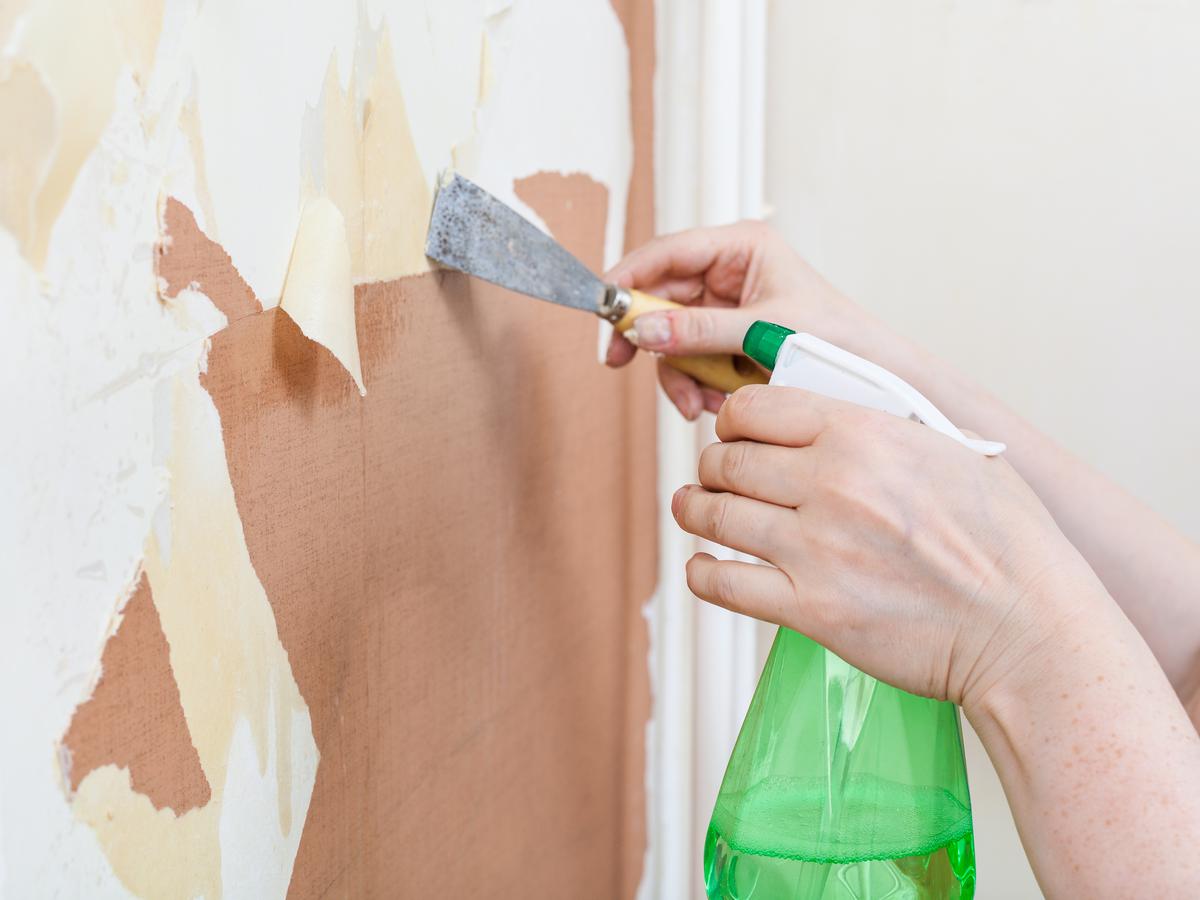
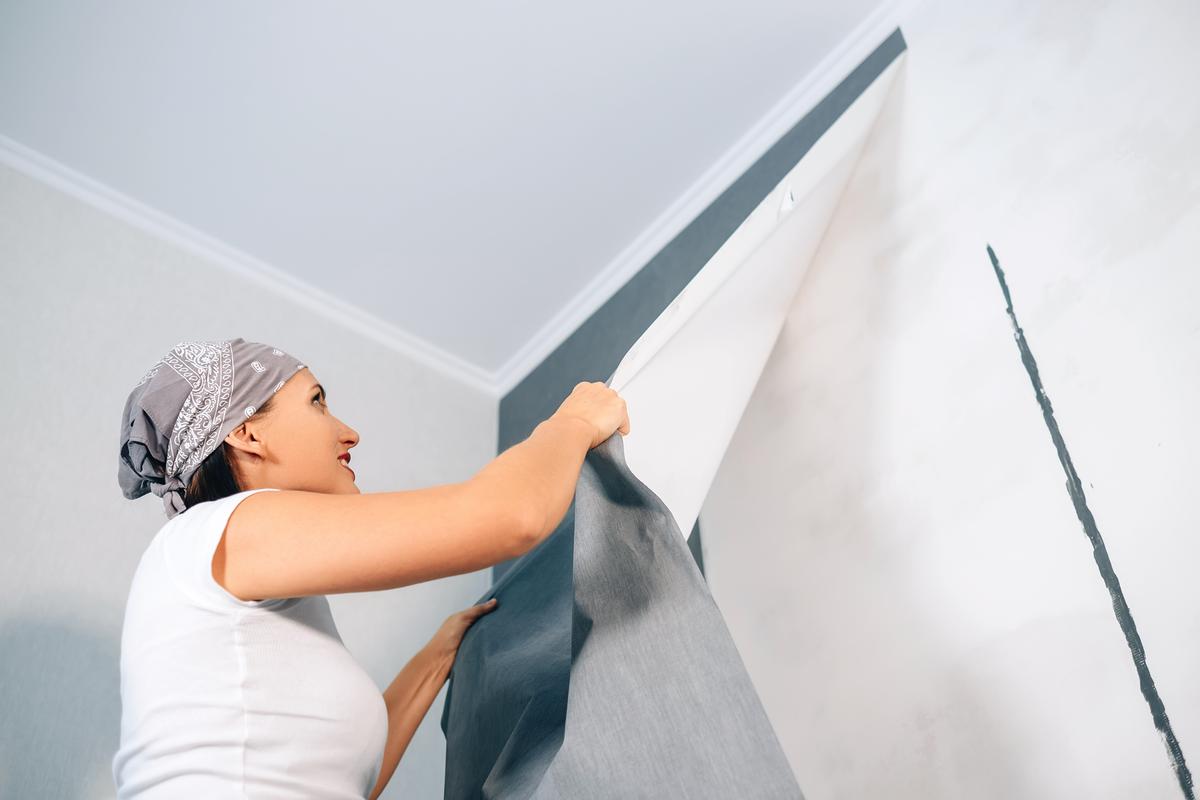
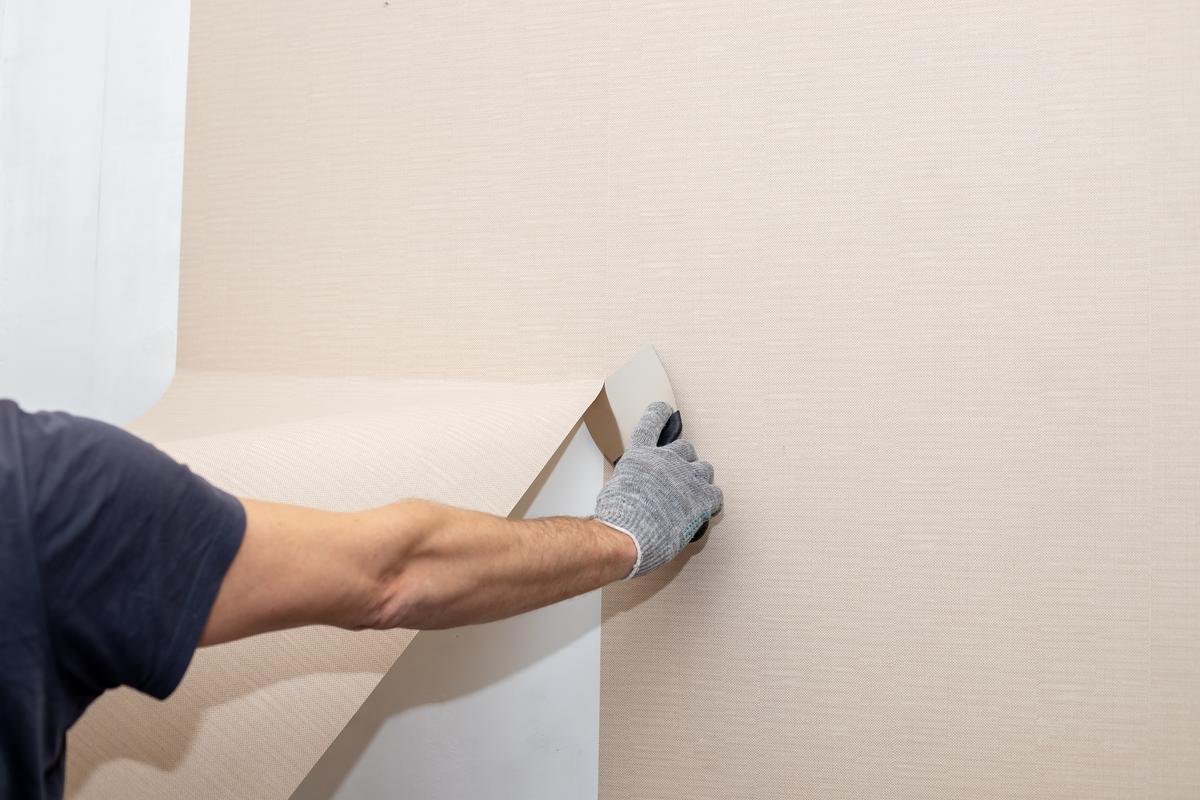
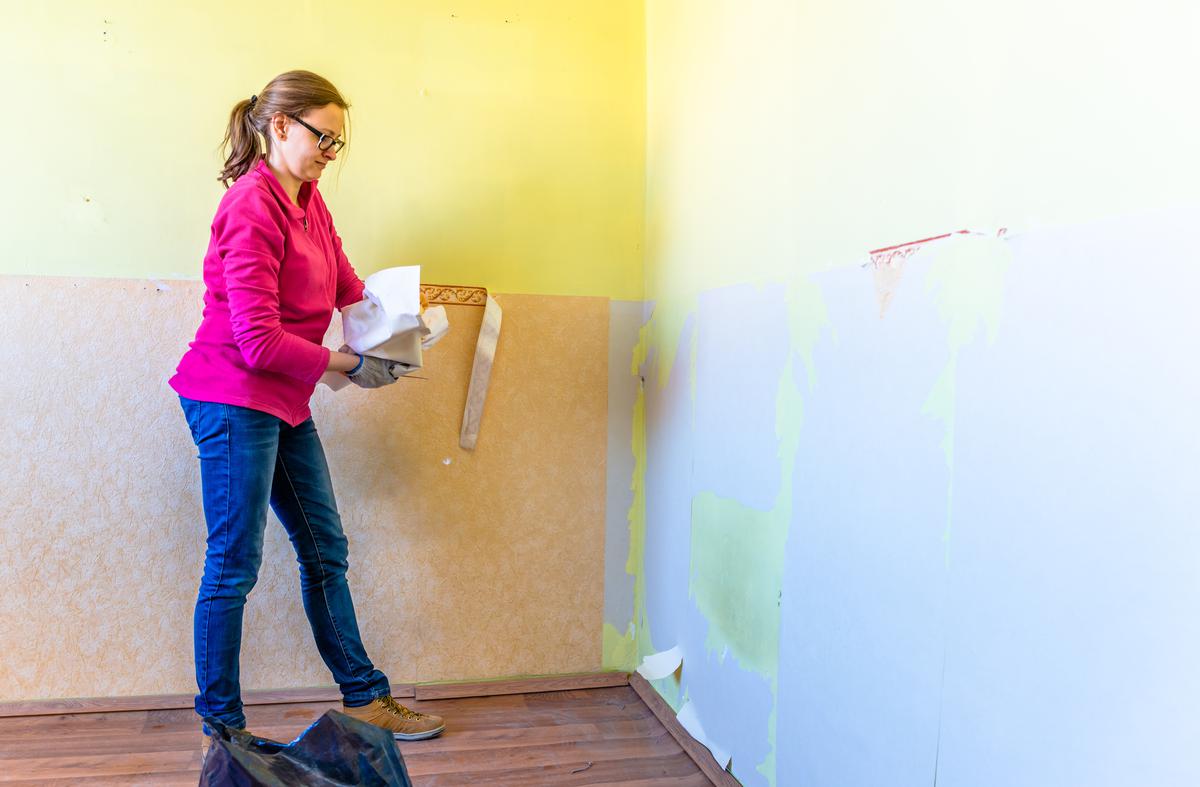


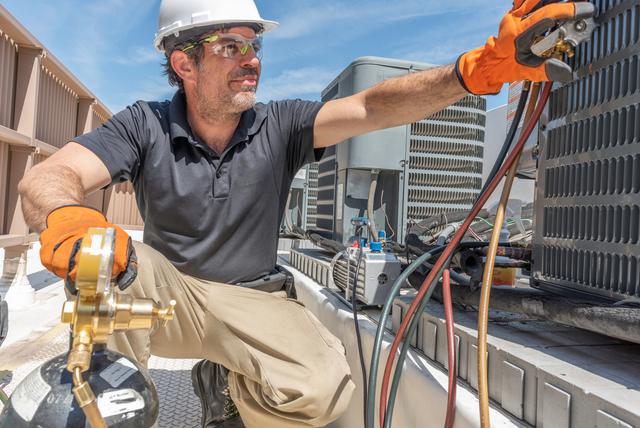
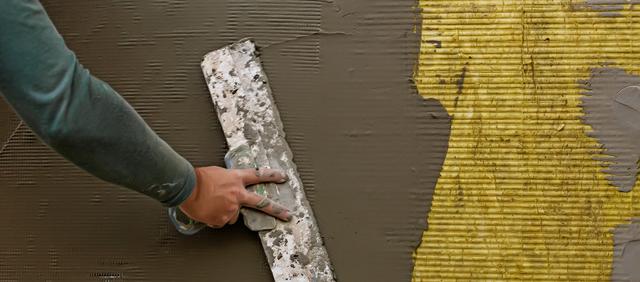
comments